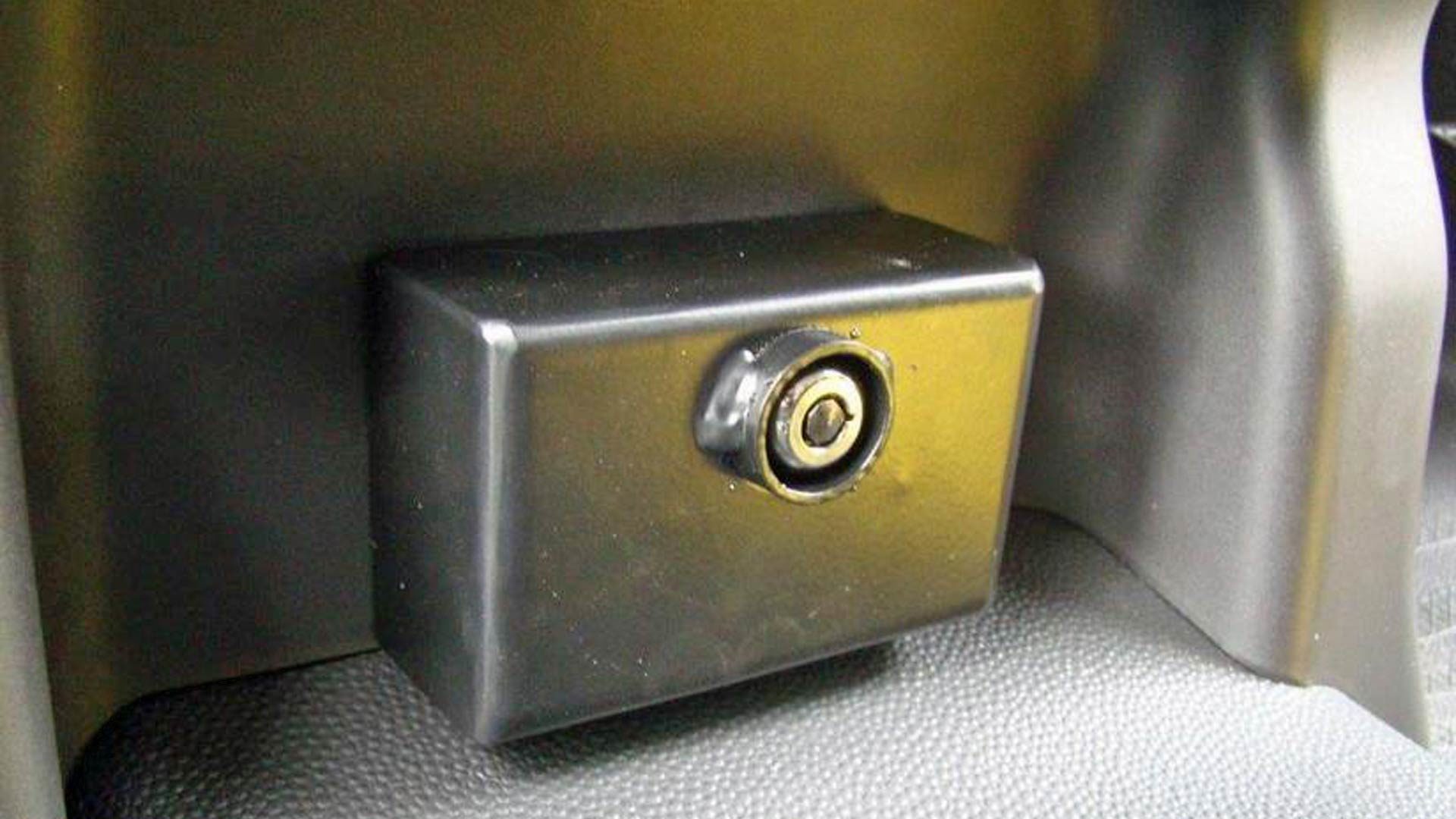
Car crime is becoming increasingly high-tech, with thieves using the On-Board Diagnostics (OBD) port fitted to modern cars to start the engine and drive away.
The problem has made headlines, typically with attention-grabbing videos of how quick and easy the process can be.
Read on for our guide to what stealing a vehicle this way means – and the measures you can take to protect your car from OBD port theft.
What is an OBD port?

An On-Board Diagnostics port is a standard connector used to access information from the various sensors and electronic components inside a car.
The earliest OBD ports were introduced in the 1970s, and they became more prevalent on American cars of the 1980s. Legislation introduced in California in 1988 required all new cars sold there to have basic OBD compliance.
By 1996, this regulation had spread to all new cars sold in the USA, as part of the OBD-II specification.
In 2001, the European Union also introduced a requirement that all new petrol cars must offer OBD access. New diesel-powered vehicles were included from 2003. This standard is often referred to as EOBD.
What can an OBD port be used for?
The basic idea of an OBD port is to allow car manufacturers, garages and owners easy access to diagnostic information about their vehicle. This is done via plugging a device into a port with a common design.
When a fault occurs, an OBD reader can be used to scan for error codes that have been logged by the car. These correspond to a specific list of errors, which can help narrow down what might have caused the problem.
The OBD port may also be used to upload information to the Electronic Control Unit (ECU). Car manufacturers can update software this way, while tuning companies use it to remap the ECU for extra performance.
Programming replacement car keys, should a new spare be needed, can be done via the OBD port as well.
Why is the OBD port a theft risk?

The rules around OBD ports mean that car manufacturers cannot restrict their access, or make them hard to locate inside a car. For professional car thieves, this delivers a potentially efficient way to steal a vehicle.
Criminals are able to plug commercially available devices into the OBD port, either by breaking the window or picking the door lock. With access to the car’s electronic brain, the OBD tool can be used to programme a blank key fob to work with the car.
This allows a thief to steal the vehicle without needing the original keys. Worryingly, the whole process can take just a few minutes.
How common is OBD car theft?
Thefts using OBD ports are just one of the methods used by professional car criminals. Exploiting keyless entry and start systems through relay devices is a tactic many people are aware of, but OBD thefts are also a problem.
The early 2010s saw many BMW models stolen specifically through OBD weaknesses. Criminals found a black spot in the ultrasonic alarm system, which allowed them to break a window and attach an OBD device without detection. BMW later introduced several software updates to tackle the problem.
A variety of Ford models have also been targeted, including the previous-generation Fiesta and Focus.
Ford fitted newer cars with an upgraded security system to prevent key cloning. This sounds the alarm and locks down the vehicle software for 10 minutes should an unauthorised device be attached to the OBD port.
What is an OBD port locking device?

Older cars can still potentially be vulnerable to OBD theft, while commercial vehicles are often targeted. Several manufacturers, including Ford, recommend the fitment of a physical OBD port locking device.
OBD locks come in different types, dependent on the type of access needed and the level of protection required.
Physical OBD locks cover the port itself, typically encasing it with solid metal. An access panel can be opened using a key, while other types have a combination lock. These do not stop the OBD port from working, but prevent thieves from simply plugging a device into them.
Electronic OBD locks are more advanced, and work with the standard engine immobiliser. Turning the car off, and engaging the immobiliser, sees the locking device prevent communications between the ECU and OBD port. This stops the port being used to programme new keys or other functions.
Some electronic OBD locks require a special transponder-equipped authorisation card to be presented in order to operate the port.
What to consider when fitting an OBD lock
Fitting an OBD locking device should be relatively straightforward. If your car is still under warranty, it is best to check with the manufacturer that adding the device will not affect your cover.
Once installed, you will also need to ensure that mechanics or dealership technicians can access the port for maintenance or servicing.
Given the numerous options available, a local car security expert should be able to offer more detailed advice.
What other options are there?

Relocating the OBD port from the standard, easily accessible location is a popular option. An OBD wiring extension can be used to reroute the port to a different place on the car (often inside the glovebox).
This allows the OBD port to still be accessed for servicing, but will hopefully confuse criminals long enough for them to give up.
Fitting extra security equipment to your car, such as an improved alarm system or physical steering lock, can also help deter thieves.
ALSO READ:
How to protect your car from catalytic converter theft
Where I can buy one for my 2016 Dodge Durango? Thanks.
Need one for my 2008 dodge ram
Where can I buy the obd lock box for a 2023 Ford F250 lariet/ tremor
Where van I get one fir my 2000 chevy caviler